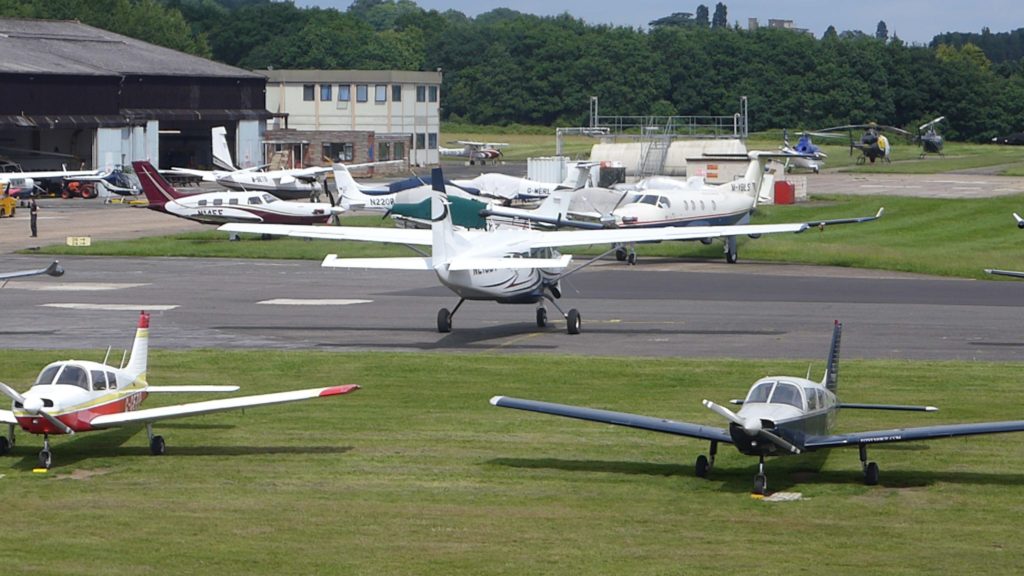The General Aviation Awareness Council has proposed a fourth category of land to the UK Government that would aid in balanced economic development – through the recognition of valuable ‘infrastructure’.
The GAAC believes that without an ‘infrastructure’ category airfields would be deemed ‘protected’, rendering them unable to evolve and become commercially viable, and leaving them even more vulnerable to housing developers.
The Council reasons that small airfields complement future flight projects such as Unmanned Aerial Vehicles (UAVs), including commercial drone deliveries and air taxis. It also highlights that more environmentally sustainable green aircraft powered by electricity, hydrogen, or multi-fuels like used cotton, are either already UK licensed or about to be.
The UK Government’s Planning White Paper, published August 2020, focused on streamlining the planning process and speeding up the provision of new housing. At the heart of this paper was a proposal to create three zones:
Growth: areas suitable for substantial development
Renewal: areas suitable for development
Protected: restricted development.
The General Aviation Awareness Council suggested an amendment to the Government’s Planning White Paper to create a further planning zone for ‘infrastructure’ — to include GA airfields.
Aerodromes constitute “a huge resource – contributing to connectivity and transport needs, facilitating business aviation, flying training, STEM-related training and jobs, supporting emergency services and charities, offering recreational, leisure and sporting facilities,” said John Gilder, GAAC Vice-Chairman and Chairman of the APPG-GA’s Airfields Working Group. “Most importantly in the current context, they help ensure connectivity in key locations for future infrastructure needs – in the ‘transport, digital, energy and utility’ sectors.”
After the government’s failure to confirm airfields as a specific use (under the PPG of 2003) the perception that they were “brownfield” sites made them an easy target for developers. “This created a major issue for the GA sector, even with the National Planning Policy Framework (NPPF) Review Amendments of 2018,” said Glider. The White Paper proposals necessitated a comprehensive response from the GA community, and this was submitted by the GAAC in October 2020.
“A combination of the demand for housing and the perception that airfields are underused, cheap land ripe for development due to a lack of planning protection has meant a large number of aerodrome sites have already been lost. Many others (50 plus) are under threat.”
Currently it is almost impossible to create a new airfield. “Therefore, the existing resources must be regarded as irreplaceable,” says the GAAC. “There has never been clear planning policy determining how Local Plans should deal with most of the smaller GA aerodromes.”
The GAAC believes that a lack of knowledge among Local Authority planners exacerbates this situation. So, along with the new ‘infrastructure’ category, the GAAC would like to see supporting guidance for planning officers.
The GAAC believes that current protection of GA aerodromes is “clearly inadequate” and would like to see strategically important aviation infrastructure sites supported by planning policy which “gives general protection and a general principle that additional related development should normally be allowed.”
If ‘infrastructure’ becomes a new zoning category, the GAAC envisages provisions for reviewing the zoning on a regular basis, “possibly five-yearly, to take account of changes in material factors such as technology, demography and demand.”
The GAAC’s paper states, “A major reform of the planning system, coincidental with its aims of consistency, speed and transparency, offers a valuable opportunity to recognize the strategic infrastructure importance of GA airfields, and provide long-term certainty and confidence to airfield owners, investors, aviation businesses and the local community.”





